Ludlow, California – 2001
Famous for Absolutely Nothing!
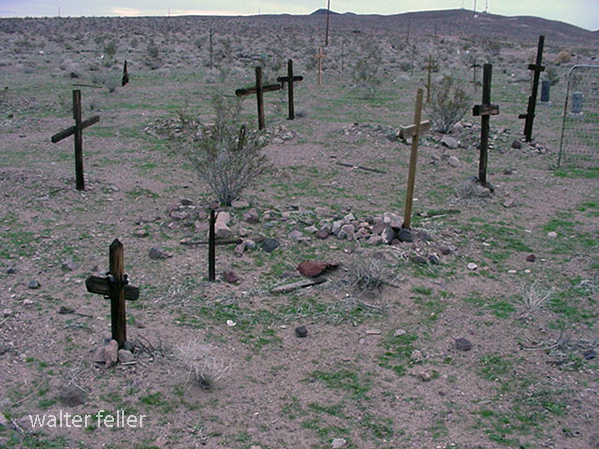
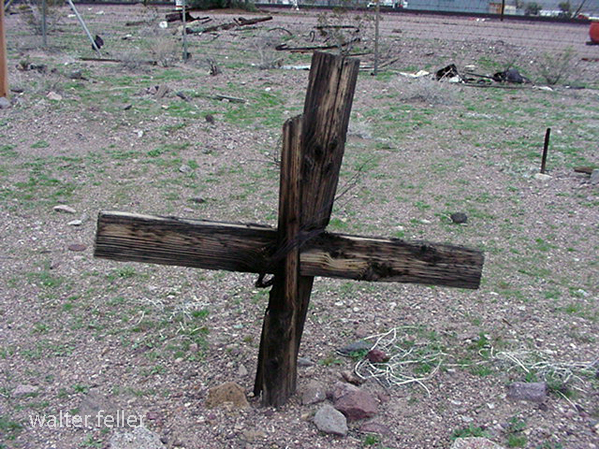



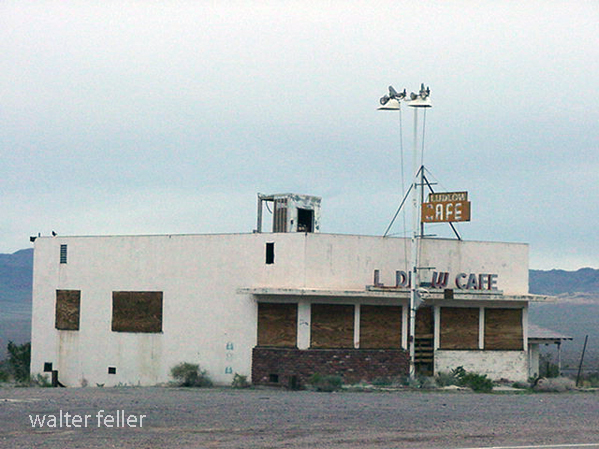
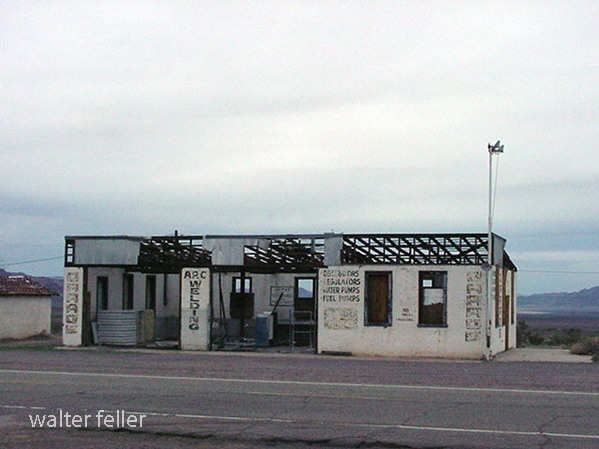
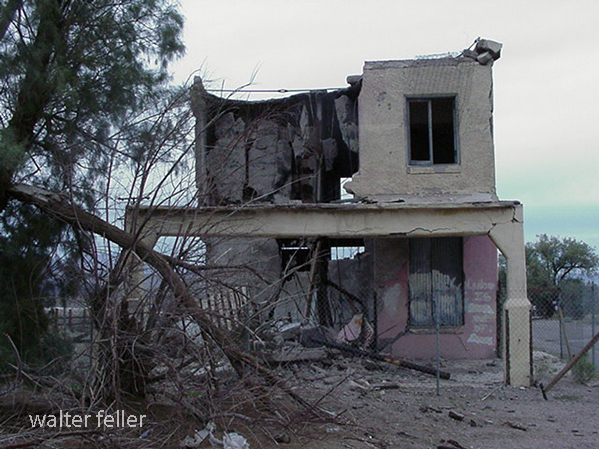

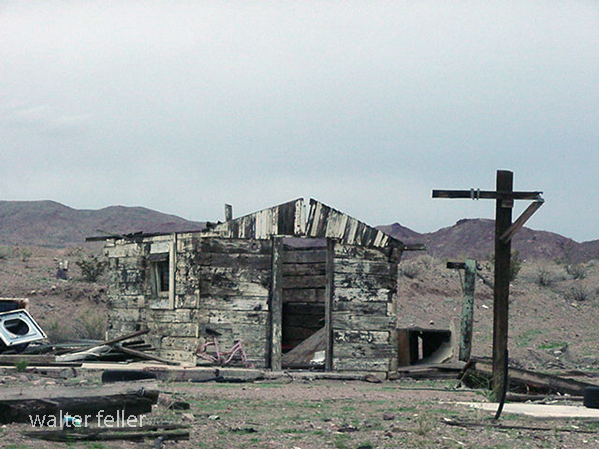
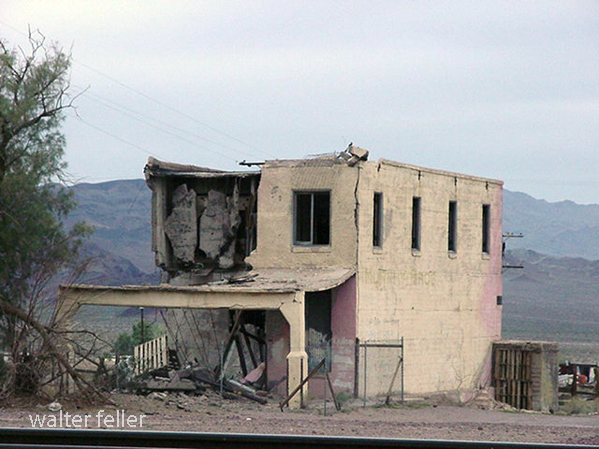



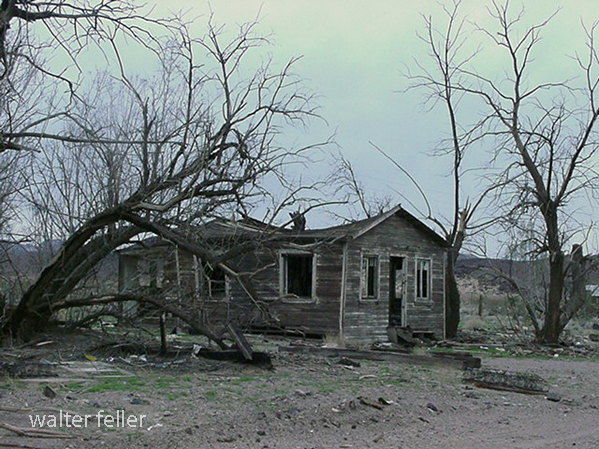

Siberia was originally a Santa Fe Railroad water stop and siding. When the National Old Trails Road and Route 66 passed by, service stations, cafes, and tourist camps operated out of there, providing the desert traveler comfort, fuel, and mechanic services. (Photos 2001)

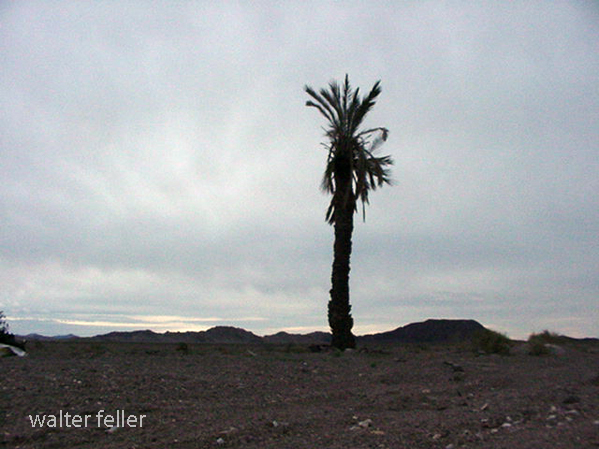
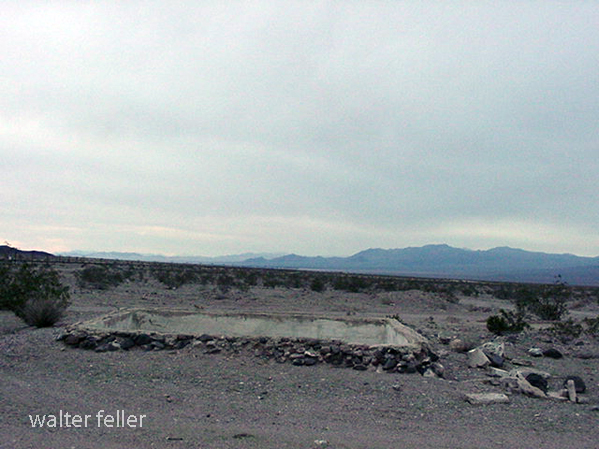
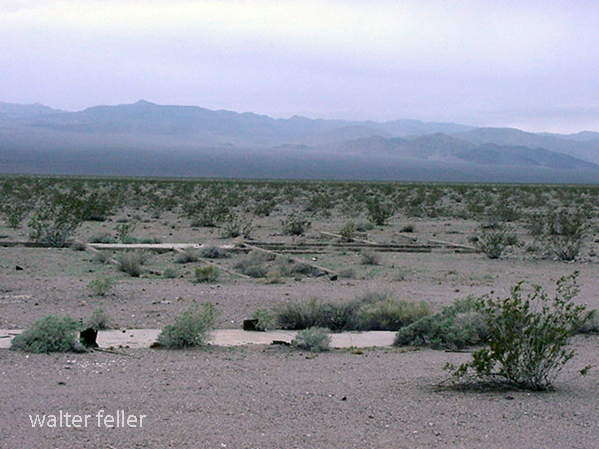
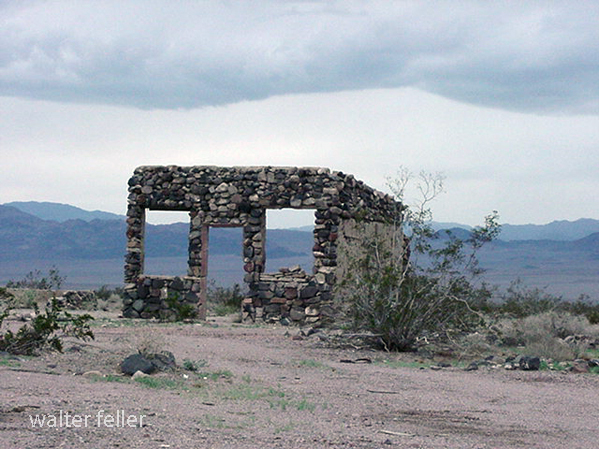



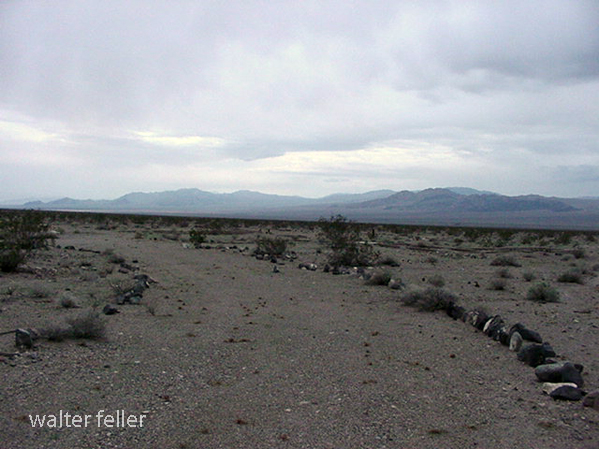
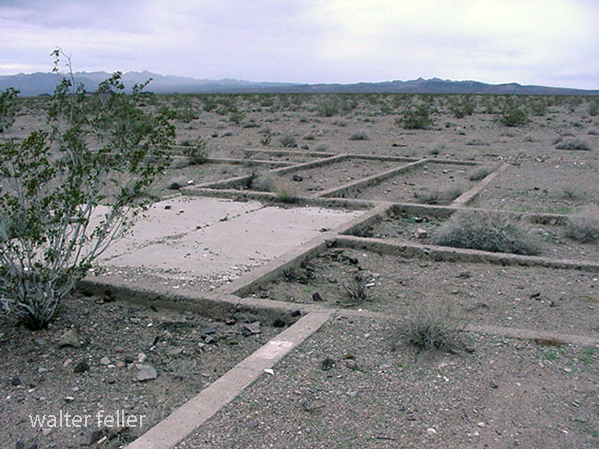

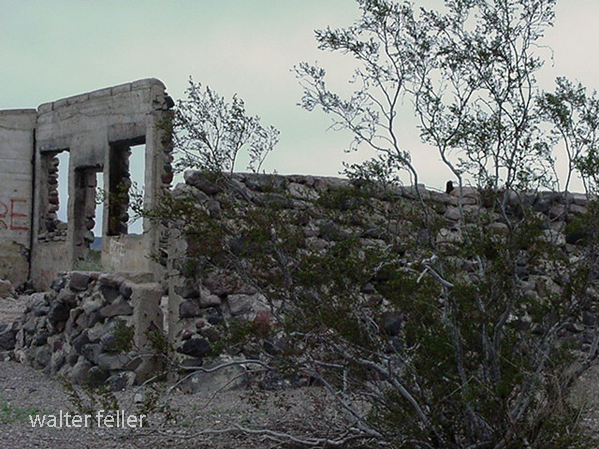

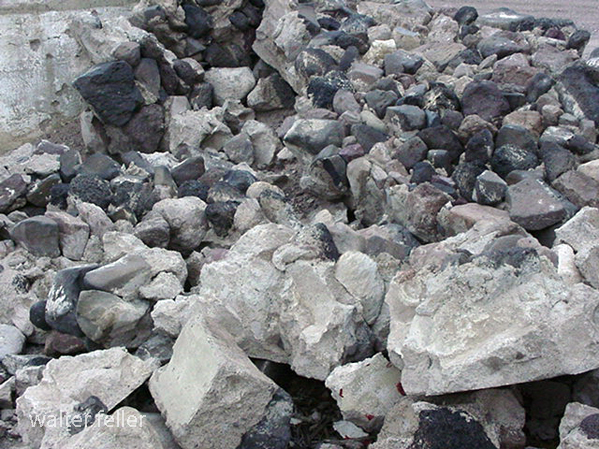
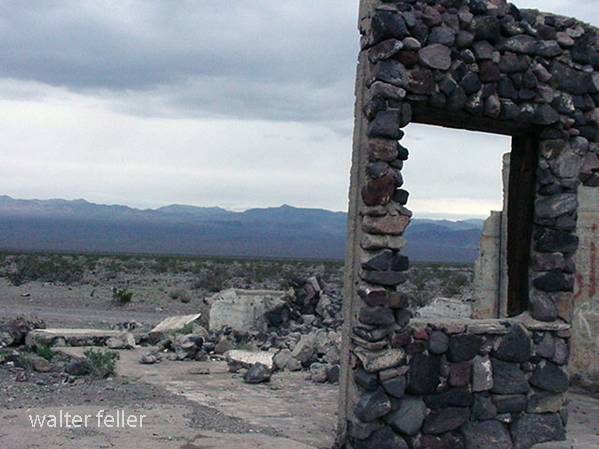
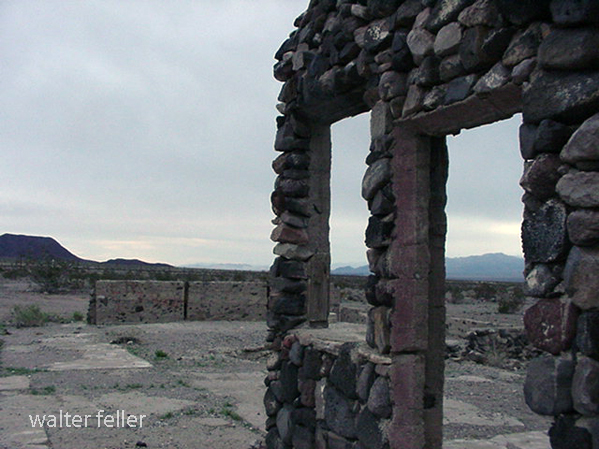

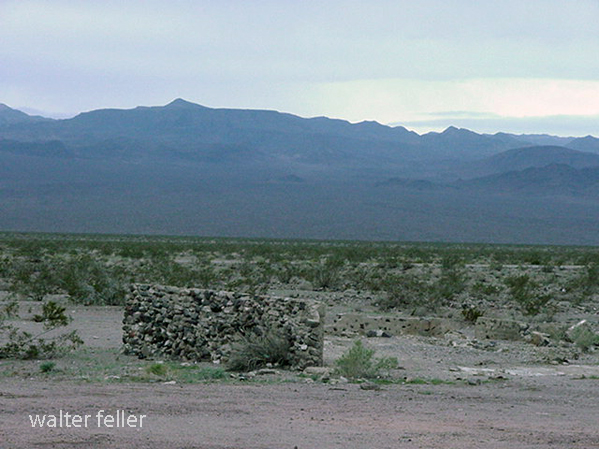
Leadfield Ghost Town, Death Valley
“Leadfield’s legacy is the road through Titus Canyon. A narrow, twisting canyon that would have been avoided by road builders any other time, but the reports of potential riches were too appealing. . . .

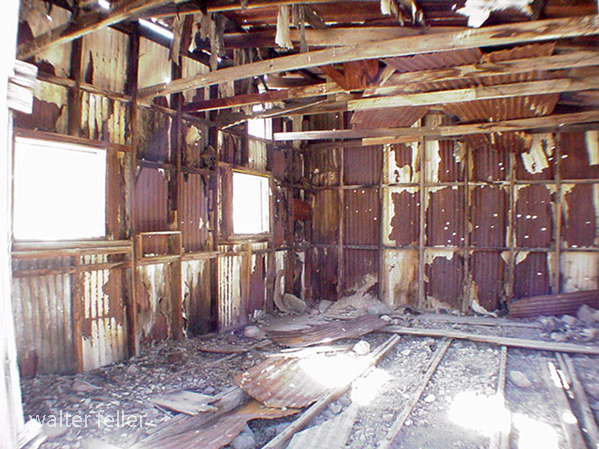
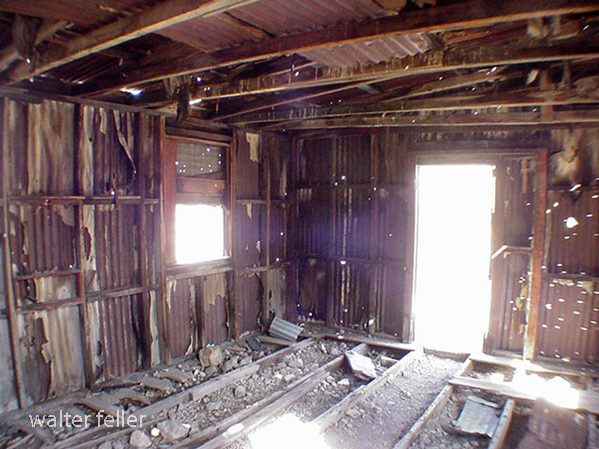




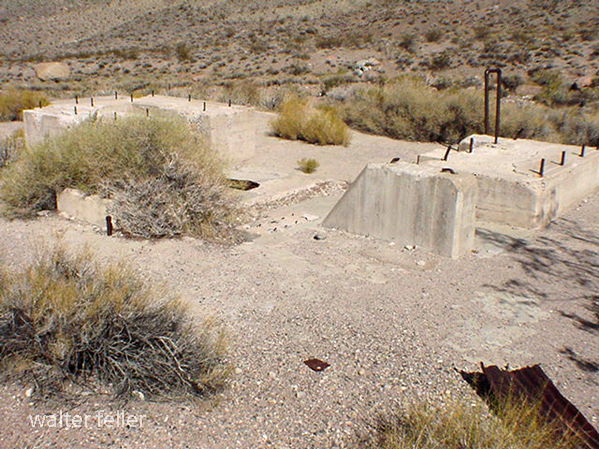
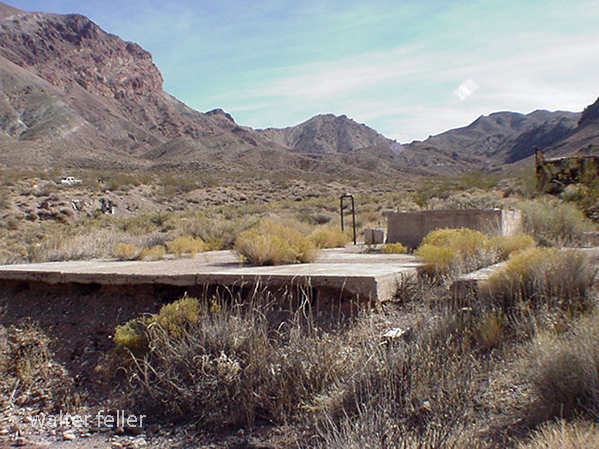
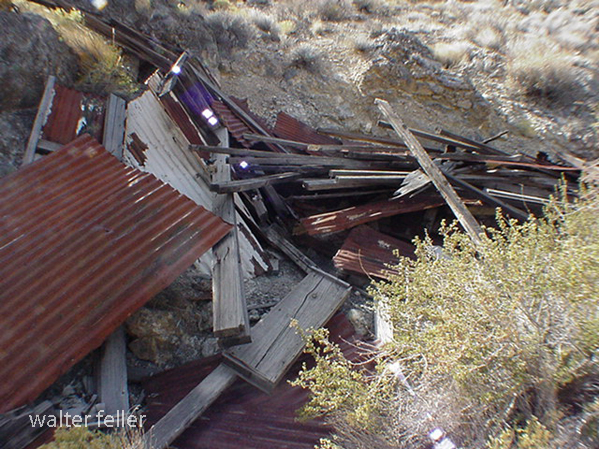
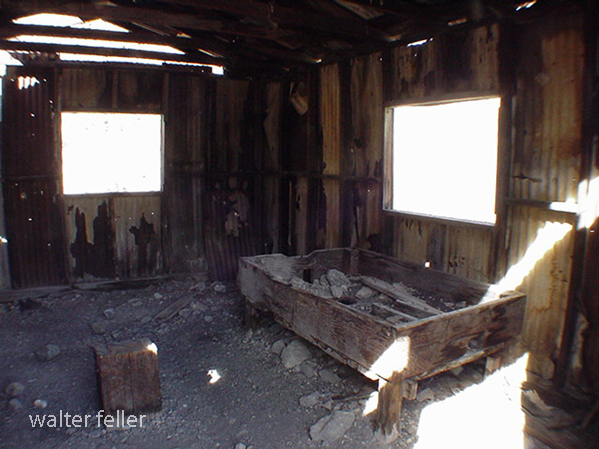
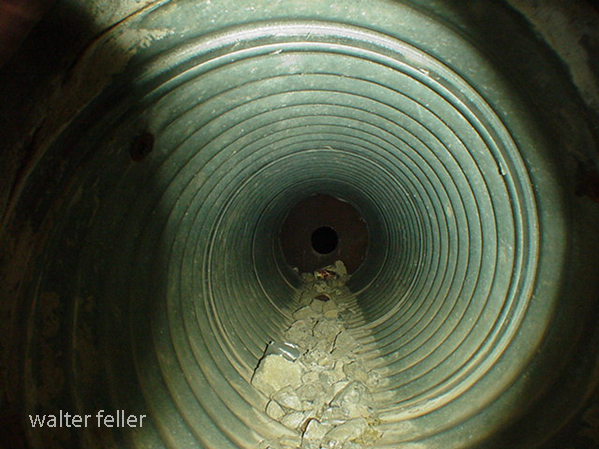


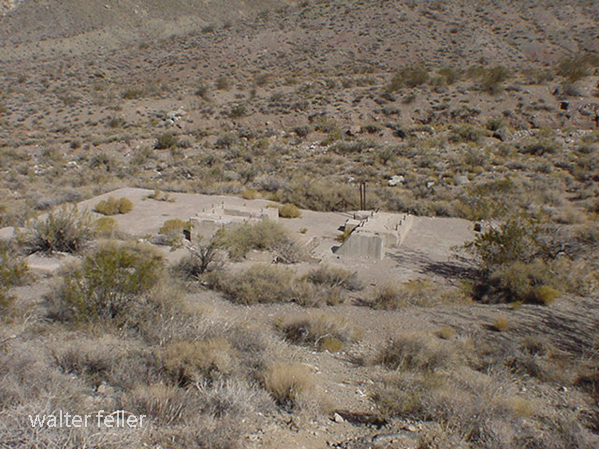
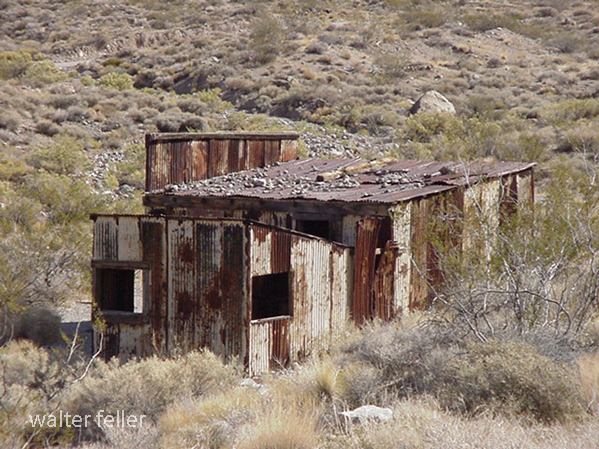

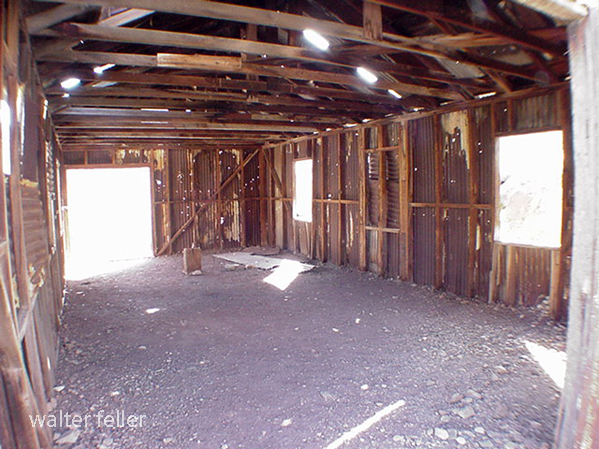
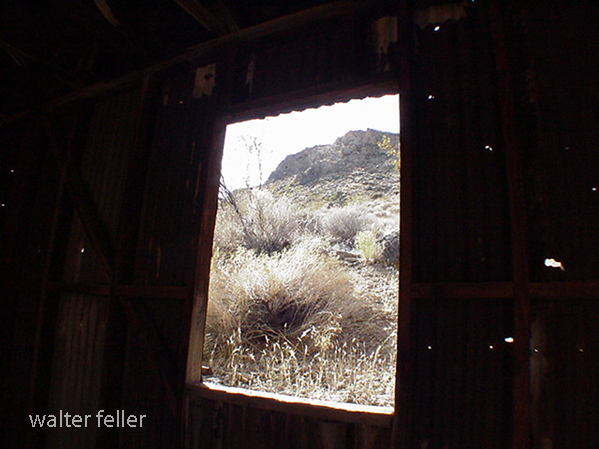
Rand Schist of Rand Mountains, Schistose rocks of Rand Mountains described briefly ·by Hess (1910, p.28-29, 46) and by Hershey (1902a, p. 273); named, described, and mapped as Rand Schist by Hulin ( 1925,p. 23-31, pl. 1), and officially adopted for use in this report.
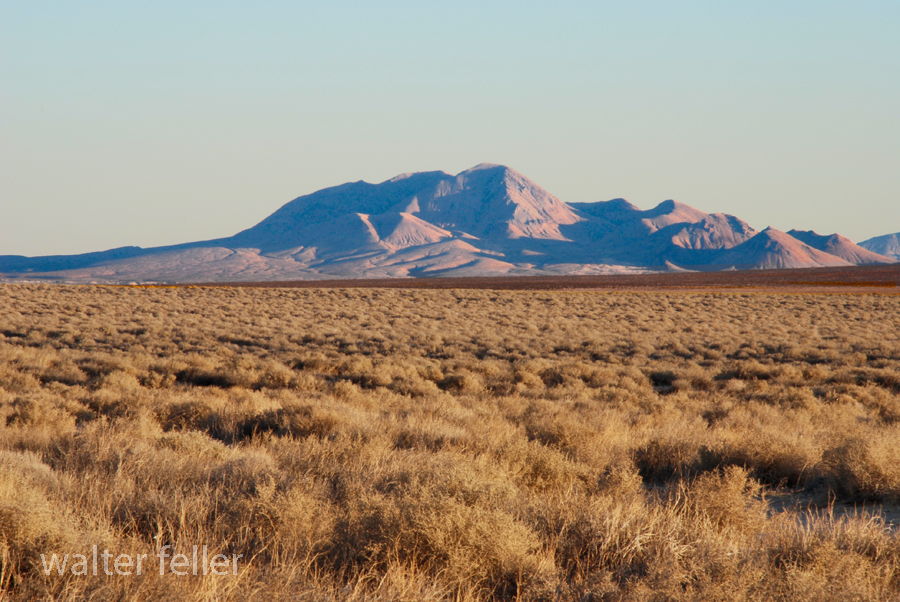
Rand Schist folded into anticlinal arch plunging gently westward as indicated by foliation attitudes (figs. 3, 4). On north, schist overlain by gneissic rocks (Johannesburg Gneiss of Hulin), separated by possible fault or thin zone of cataclastic(?) transitional rock; on south and near Randsburg, schist intruded by quartz monzonite; extends unknown distance westward under ·alluviated valley, possibly to Garlock fault. Possibly 10,000 feet of schist exposed; lithology identical to that of Pelona Schist of Sierra Pelona and of Tehachapi Mountains; gray schist, predominating over green schist, contains occasional pods of fibrous actinolite schist; thin layers of quartzite and of marble, mostly in southern and western exposures. In exposures northeast of Johannesburg, albite content of schist increases to 75 percent.
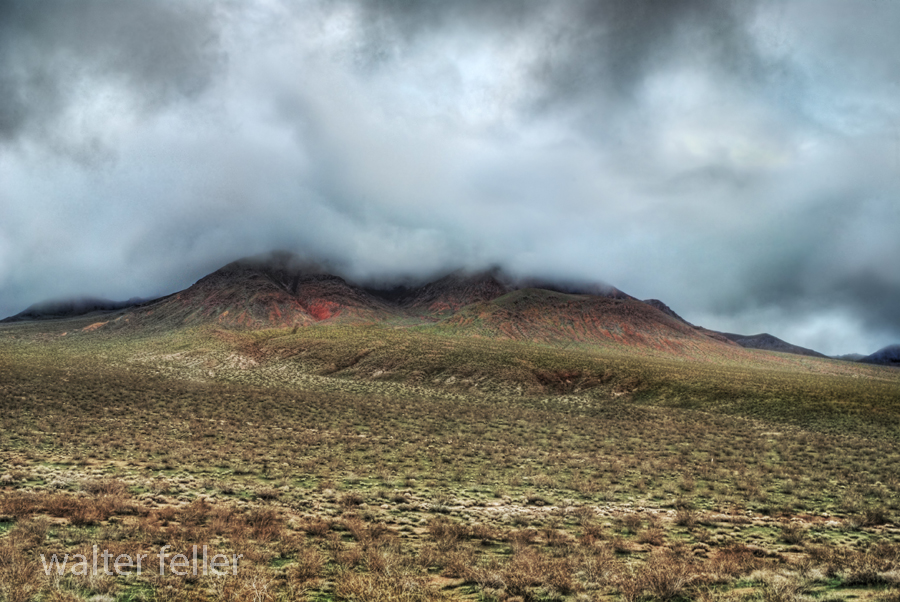
Type locality of Rand Schist designated as generally north-dipping section in Rand Mountains (fig. 4), from quartz monzonite intrusion just south of Randsburg northward to contact with overlying(~) gneiss about 3 miles north of Randsburg.
From;
Areal Geology of the Western Mojave Desert California
By THOMAS W. DIBBLEE, ]R.
GEOLOGICAL SURVEY PROFESSIONAL PAPER 522 – 1967
Jefferson Hunt’s Mojave San Joaquin Company, a wagon train made up of anxious gold seekers and settlers frustrated by a late start across the desert in late 1849 join with Captain Hunt to be guided across the Mojave Desert along the new southern route. Tensions rise with a wrong venture into the Escalante Desert and at a point east of Enterprise, and north of Mountain Meadows, Utah, anarchy ensues and the train breaks up into two factions; those who will become lost and those who will go on as planned. Of the 107 wagons in this once large party, only seven wagons remain.

Furnace Creek, Death Valley National Park
On December 22, 1849, the ‘Mojave Sand-walking Company,’ as it became known, arrived in San Bernardino, California. At the same time the remaining ‘Lost ’49ers,’ about one-quarter of those who broke away originally, were entering the desolate Death Valley and would be celebrating Christmas Day near what we know as Furnace Creek.